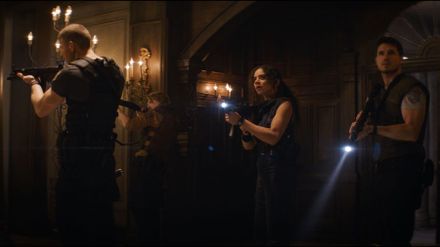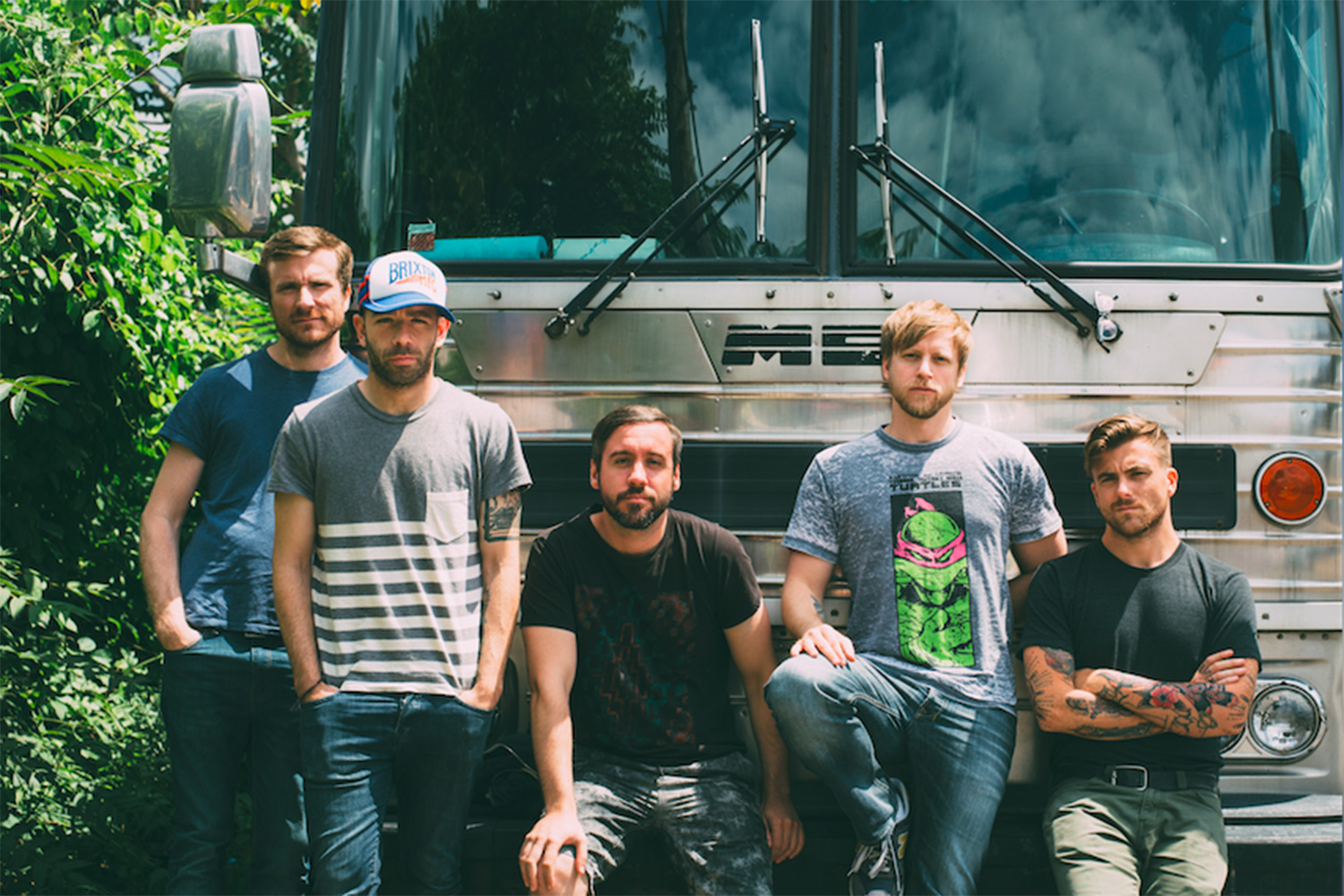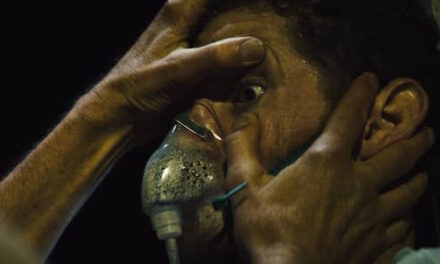For 25 years, the Resident Evil franchise has had kids and adults cowering behind their controllers as they went room to room battling zombies and monsters. Who could forget the Paul W. S. Anderson helmed movie franchise that spawned six total iterations, which made over a billion-dollars worldwide in total. Video game adaptations into a film are always a challenge because certain aspects work from a console standpoint. It’s easier to transport story elements and even characters, but things can get muddy when you have multiple installments to draw from. Director/writer Johannes Roberts strives to make a faithful adaptation mixed in with some horror atmosphere setup.
For those who have played the video game, it’s Easter egg galore as far as the set design. The Raccoon City police department looks precisely like it does in Resident Evil 2 as well as the Spencer Mansion from Resident Evil 1. There’s some banter alluding to snakes and sharks that familiars would know from boss fights. Roberts wrote the story with a lot of the source material to refer to, which shows most times. The problem is, when you try to combine story elements and characters of two video games, something is bound to get shortchanged. When dramatic beats of betrayal or loss happen, there’s not enough time for it to resonate and feel important. Much of this film feels like it’s running through a Resident Evil checklist instead of building a coherent plot.
Chris and Claire Redfield (Robbie Amell, Kaya Scodelario) are the characters that get the most backstory. As children, they stayed at the Raccoon City Orphanage during the early days of the Umbrella Corporation, overseen by Dr. William Birkin (Neal McDonough). Scodelario fits well in the badass, “let’s do what we need to do” role Claire gets put into. Otherwise, every other character like Jill Valentine (Hannah John-Kamen) and Albert Wesker (Tom Hopper) plays a role within the police department. Other than hinting at friendship, the runtime doesn’t give them a lot of wiggle room to distinguish themselves. One character that might draw the ire of fans will be how Leon Kennedy (Avan Jogia) is shown. He’s helpless and often demeaned by police chief Brian Irons (Donal Logue). Yes, he’s a rookie, but that notion gets kicked into overdrive inside the film.
With Resident Evil media of any sort, one would have a healthy expectation of terrors and monsters. The first half of Raccoon City lends itself to be more of a slow burn. Then, it ratchets up the action, which feels like a disconnect. The makeup and CGI of the zombies and enemies, such as the Licker from Resident Evil 2, are very spotty in quality, which is a shame because audiences have seen shows like The Walking Dead where the quality is higher. Here, the conditions vary from scene to scene. One is a zombie engulfed in CGI flames, while Jennifer Paige’s ‘Crush’ plays while a character sleeps. That could have been a scene built into a scary moment, but it just appeared as a comedy bit. As far as the antagonist, the Umbrella Corporation itself doesn’t seem as menacing as it should be. A couple of characters could be considered the ultimate obstacles, but in summary, it feels like a bunch of boss fights that don’t feel earned.
There are a couple of scenarios where the suspense works – especially a scene with a lighter and impending doom in a dining room. However, the film mostly doesn’t take advantage of the wealth of lore it’s given. It’s great to look at in points, but the reason Resident Evil continues with the following today is that the games continually spook you. It may be sound design, the way characters are composed, or taking advantage of how heavy you feel examining a dark alleyway. Welcome To Raccoon City has a good awareness of what made the exemplar elements of the franchise what it is today. Unfortunately, the most crucial aspect, how it makes you feel, gets left by the wayside.
Photo Credit: Sony Pictures













